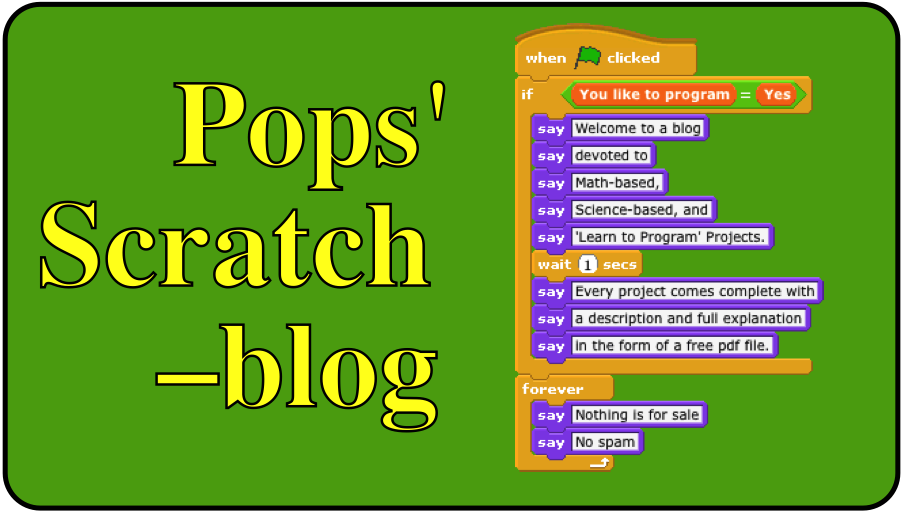Roll
three dice and imagine that the three top numbers represent ‘lengths’. Can the
three lengths form a triangle? Most people, without thinking, say “yes.’ But
the answer is that not all whole numbers, taken as triplets, form triangles.
For example, the whole numbers 2, 3, and 6 do not form a triangle but 3, 5, and
6 do form a triangle. This is easily seen by studying the following diagram.
This
becomes an interesting programming problem. There are 216 (6 x 6 x 6) possible
number triplets formed by rolling ordinary, six-sided dice. Those combinations
can be checked by hand (a laborious but doable activity) but what if the dice
are icosahedrons like those used in Dungeons and Dragons. That’s 8 thousand
combinations!
My Scratch project Triangle Triplets
quickly computes which number triplets do form triangles for 4, 6, 8, 12, and
20-sided dice. The program also counts equilateral, scalene, and isosceles
triangles for each set of three dice. Using this data one can compute the
probability of the number triplets forming a triangle, an equilateral triangle,
a scalene triangle, or an isosceles triangle.
You can view and download this Scratch project by
clicking on this link.
http://scratch.mit.edu/projects/48781360/
The
problem has quite a history and a copy of the mathematics underlying the
problem and an annotated Scratch algorithm can be had on request by sending an
email to
grandadscience@gmail.com.




